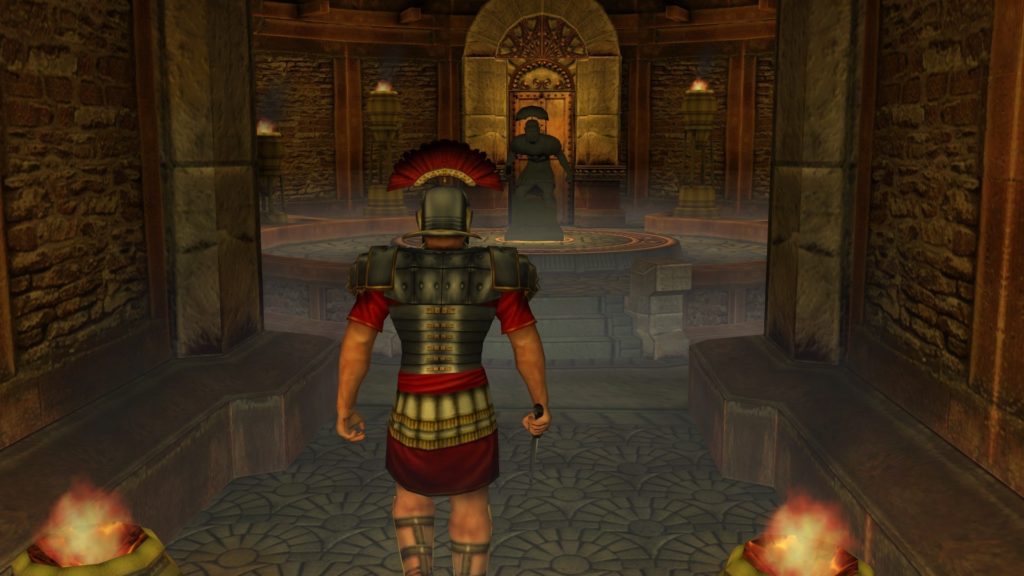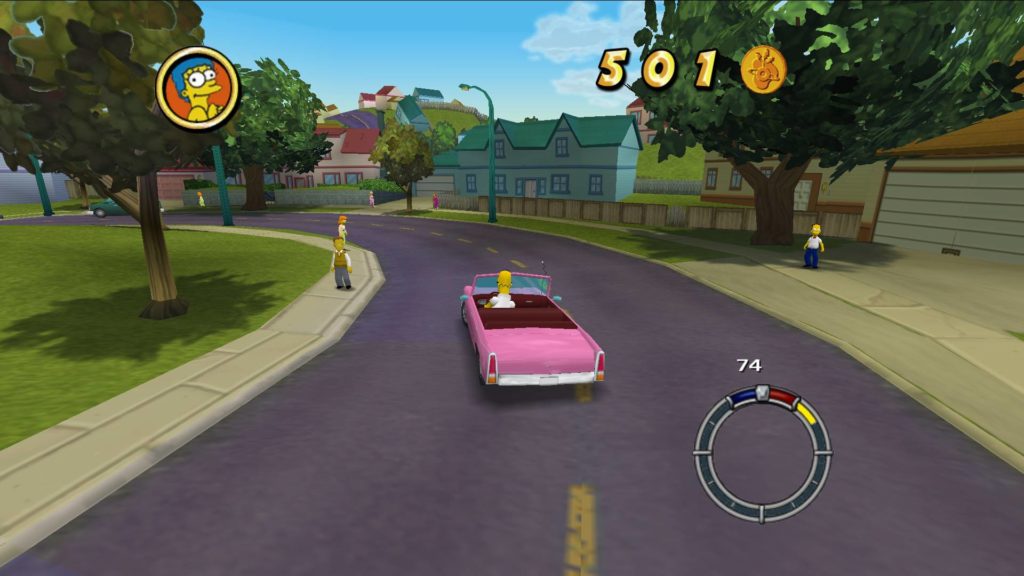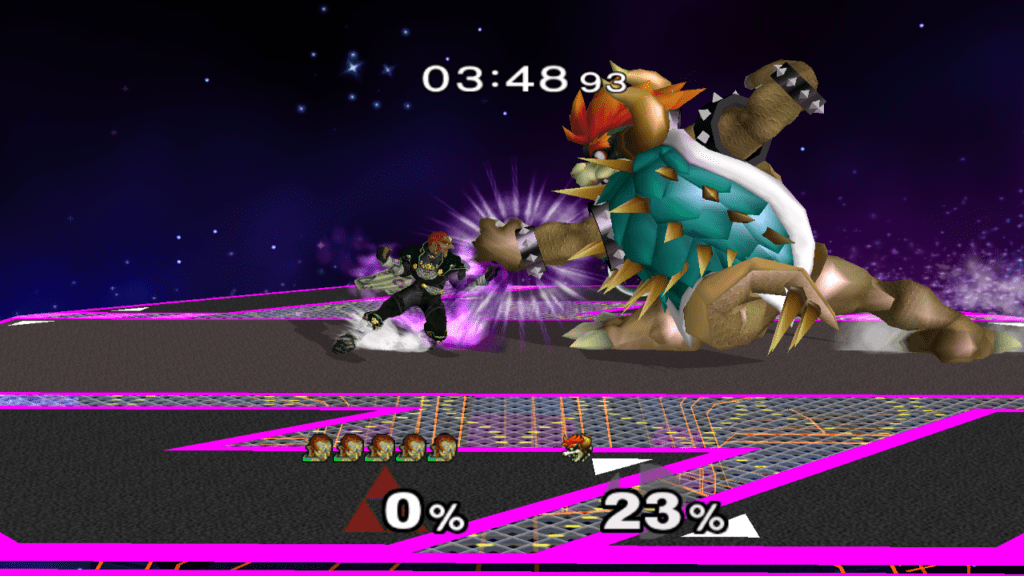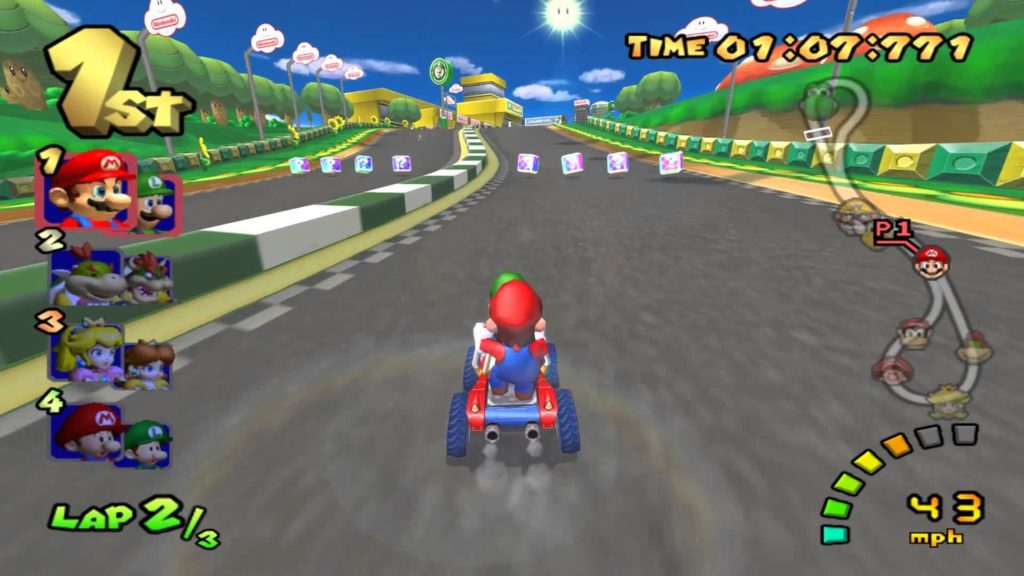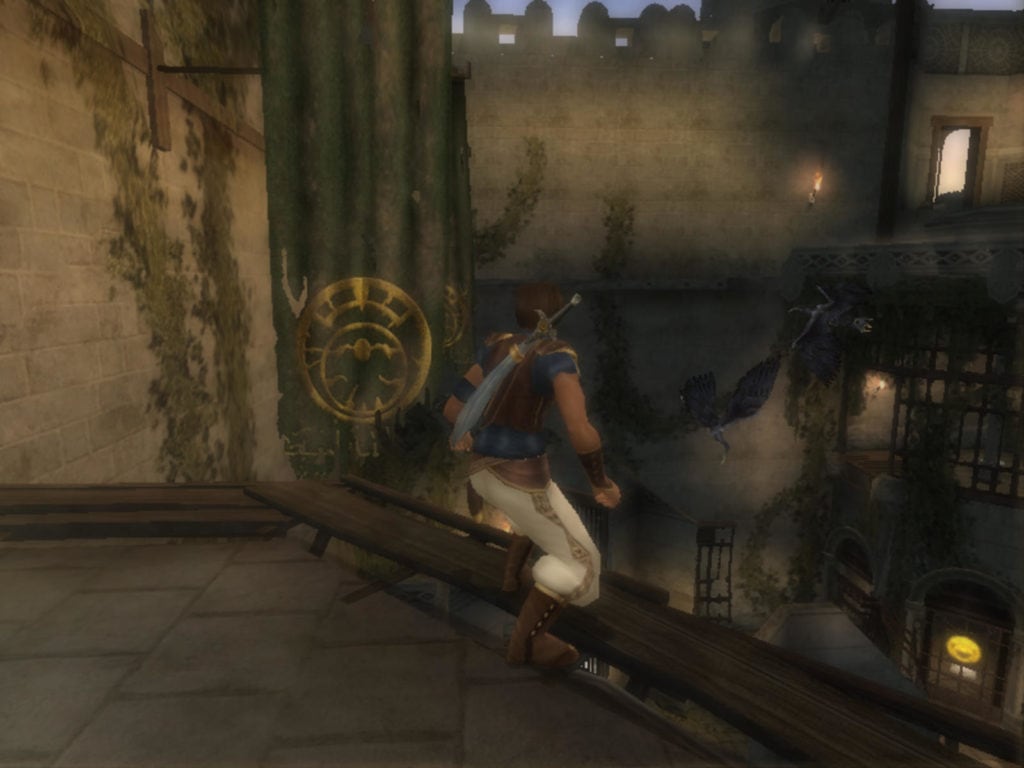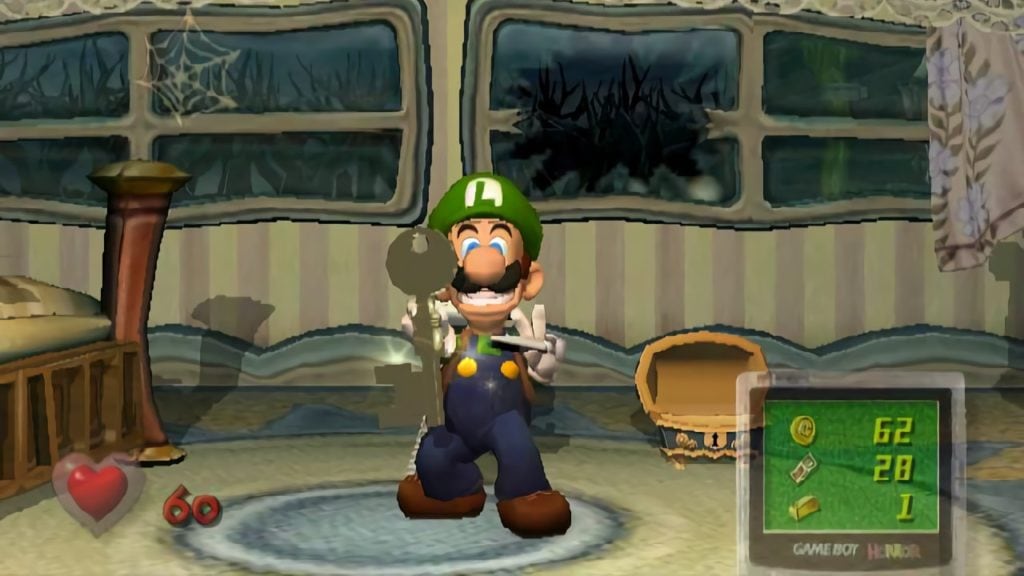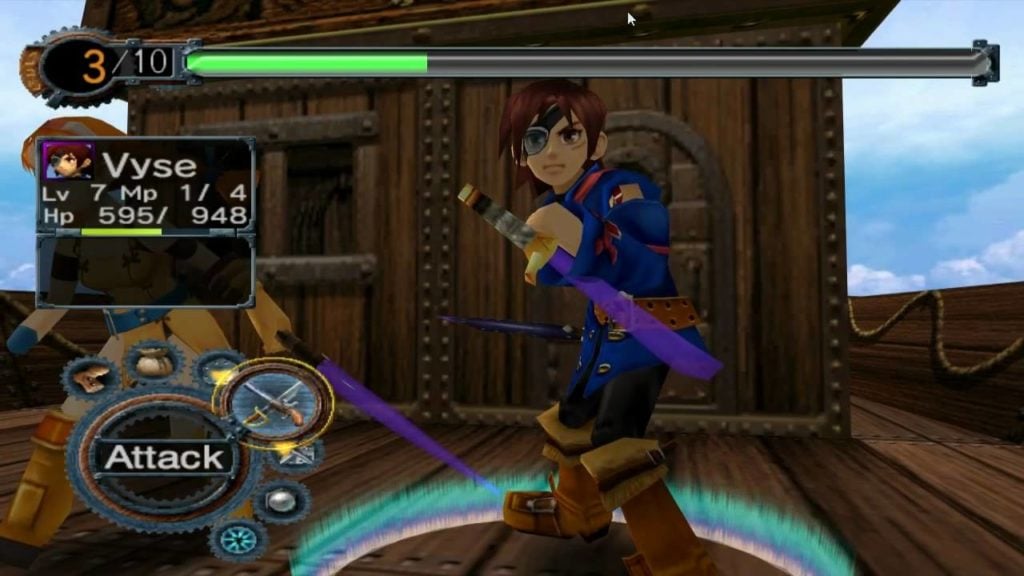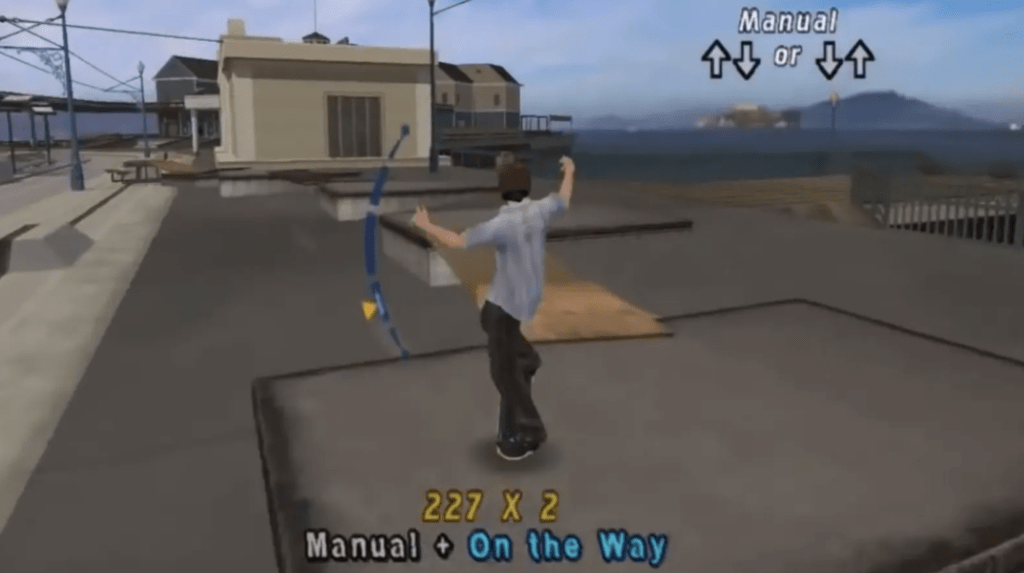-Professor John Frink
What has 8 corners, 6 sides and an incredible library of games? That’s right – the Nintendo GameCube. Released in the UK in 2002, the Nintendo GameCube is without a doubt my favourite Nintendo console of all time (spoilers for the inevitable Top 10 Nintendo Consoles blog). If the Nintendo 64 was the start of my inexperienced, immature gaming metamorphosis, then the GameCube was where I matured, evolved, and found a better understanding – and overall appreciation – for the joy of video games.
In part this was probably an age thing, I was only 9 when I picked up an N64, but by the time the GameCube’s lifespan had petered out, I was a young adult. This meant that not only did I have a clearer concept of the world around me, but also more knowledge on the depth and complexity that could be presented within video games. I was also working part-time too – long gone were the days of waiting for Birthdays and Christmases to bag a copy of the newest Mario or Zelda title. I now had my own hard earned money – a result of the blood, sweat and tears of labour – and yes I often, almost always, spent it on video games. Although I had less time to play games, when I did, there was an elevated level of ecstasy – knowing that what I had in front of me was a result of my own actions, brought a whole new intensity and lucidness.
The other part was the sheer library of games available. From new Nintendo IP titles in Mario and Zelda, to more mature games like Eternal Darkness and Prince of Persia, there was something out there for everyone with Nintendo’s purple box. The variety of games covering different genres created perplexing decisions about which game to play from the massive library next – a good problem to have for sure. All handled with GameCube’s comfortable, ergonomic and sumptuous controller.
Writing this blog has been the most difficult – I could’ve easily extended this to 25/50+. But, through sleepless nights and stressful pondering, I’ve broken down my Top 10 GameCube games.
Did You Know?
- Released: 2001 (US & JP), 2002 (Europe/Aus)
- Super Smash Bros. Melee was the most successful game – selling over 7 million copies.
- Was nicknamed Project Dolphin before settling on Nintendo GameCube.
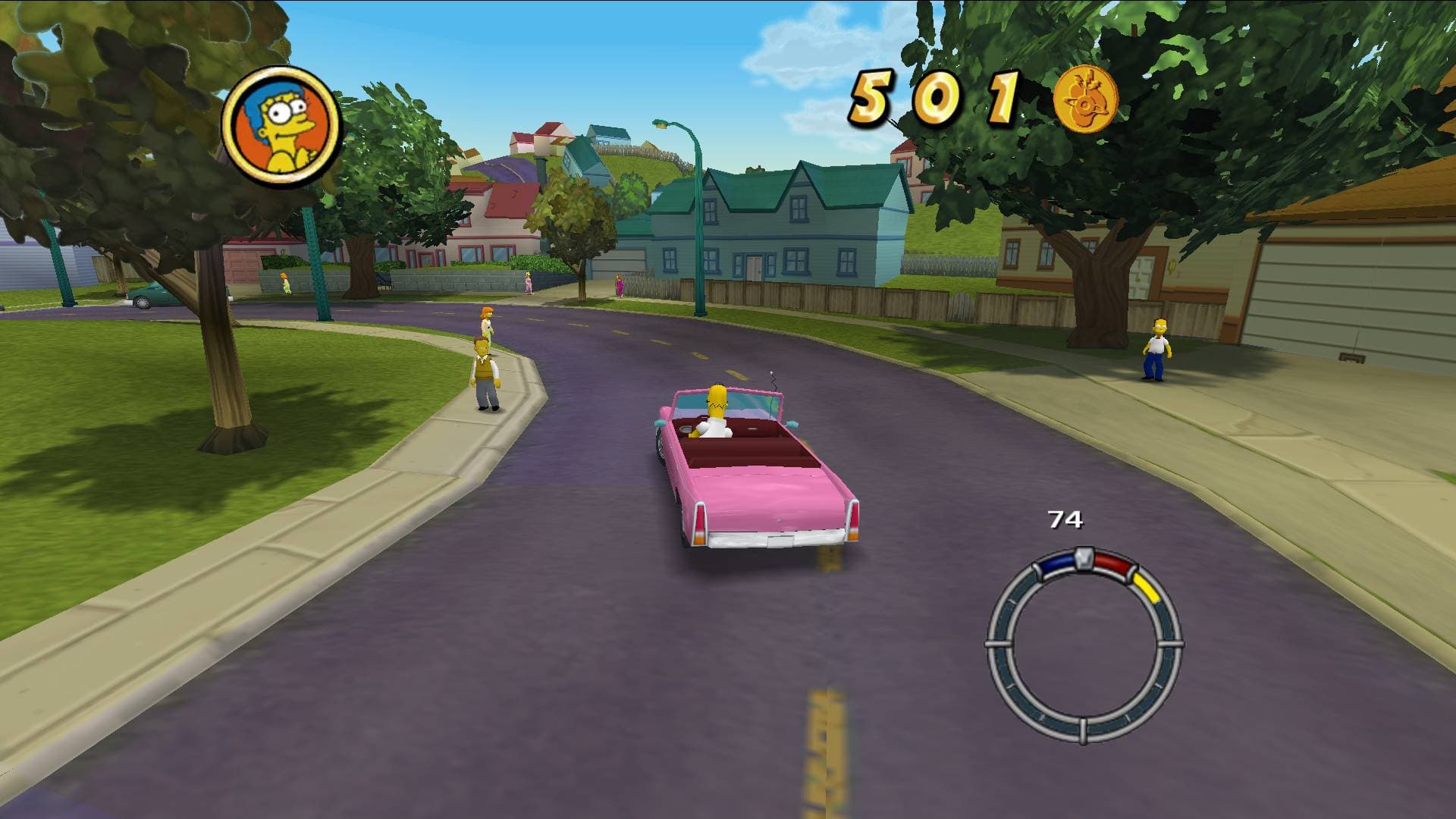
10) The Simpsons Hit & Run
As you may have guessed from the opening quote, I’m a big Simpsons fan. The “Golden Age” of The Simpsons, often used to describe the first nine seasons, has been forever immortalised in videogame form thanks to the incredible “The Simpsons Hit & Run”. The action-adventure title has odours of Grand Theft Auto as you drive across recognisable Springfield areas like Evergreen Terrace and Springfield Harbour, completing missions whilst collecting Trading Cards and swatting Wasp-cams. As expected, it’s full of quotes and quips from the series meaning you’re never far off a good old belly laugh. The uncomplicated controls allow you to focus on the action unfolding in front of you as you take control of The Simpsons family (and Apu) and complete road races, tip-toe around delicate platforming sections and loot Buzz Cola machines. It’s a shame there’s not been a Simpsons title quite like it since!
9) Skies of Arcadia
Only available on the GameCube and Dreamcast (remember that!) and one of my favourite JRPGs is Skies of Arcadia. This turn-based role-playing game is heavy on exploration as you control airships across different maps – charting your finds as you set out to fully discover the world around you. Taking control of a band of vagabond rogues, it’s hard not to connect with the characters, like the optimistic Vyse or energetic Aika. The gameplay is a mix of progressing through cities to reach different dungeons, all whilst upgrading your gear, weapons and magic abilities. It’s difficult going into much more detail, truth be told – I haven’t played this game in 17 years as I no longer own a copy and, due to the scarcity, it’s really expensive to get a second hand one! I’d absolutely love to revisit it, as just the initial playthrough left such a positive and lasting impression. If you’ve got a spare copy lying around – send it my way will ya!
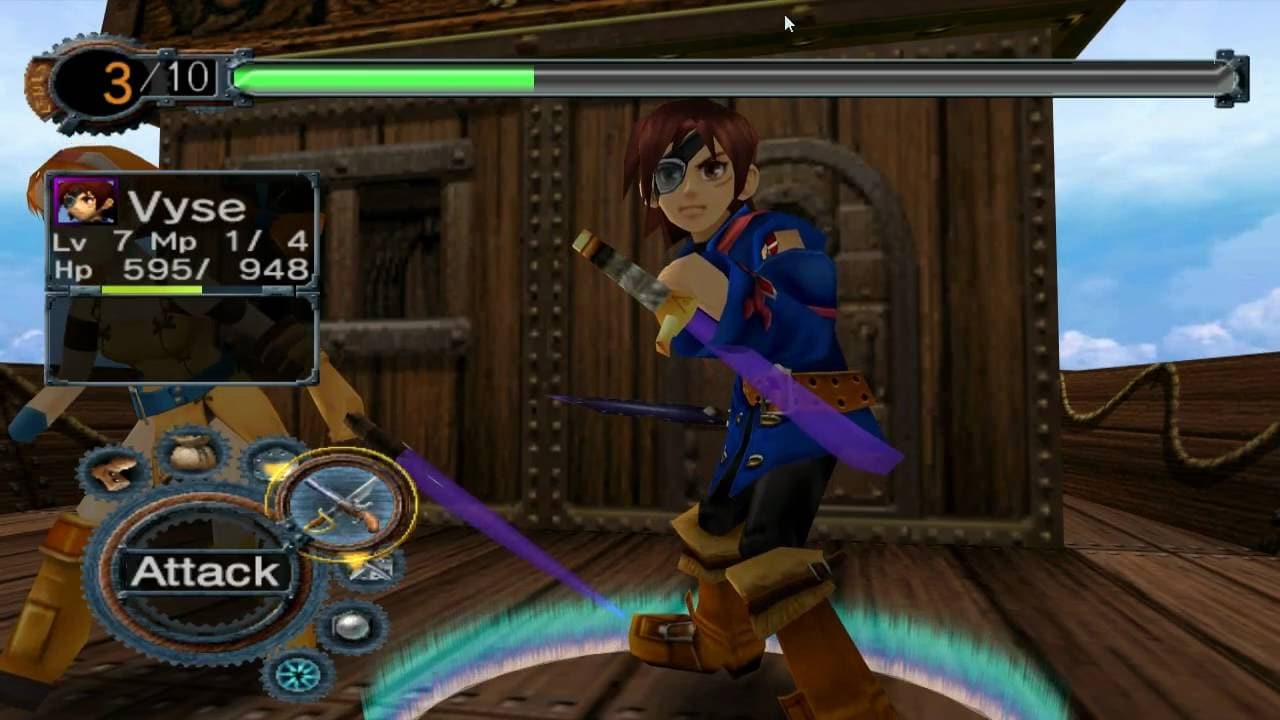
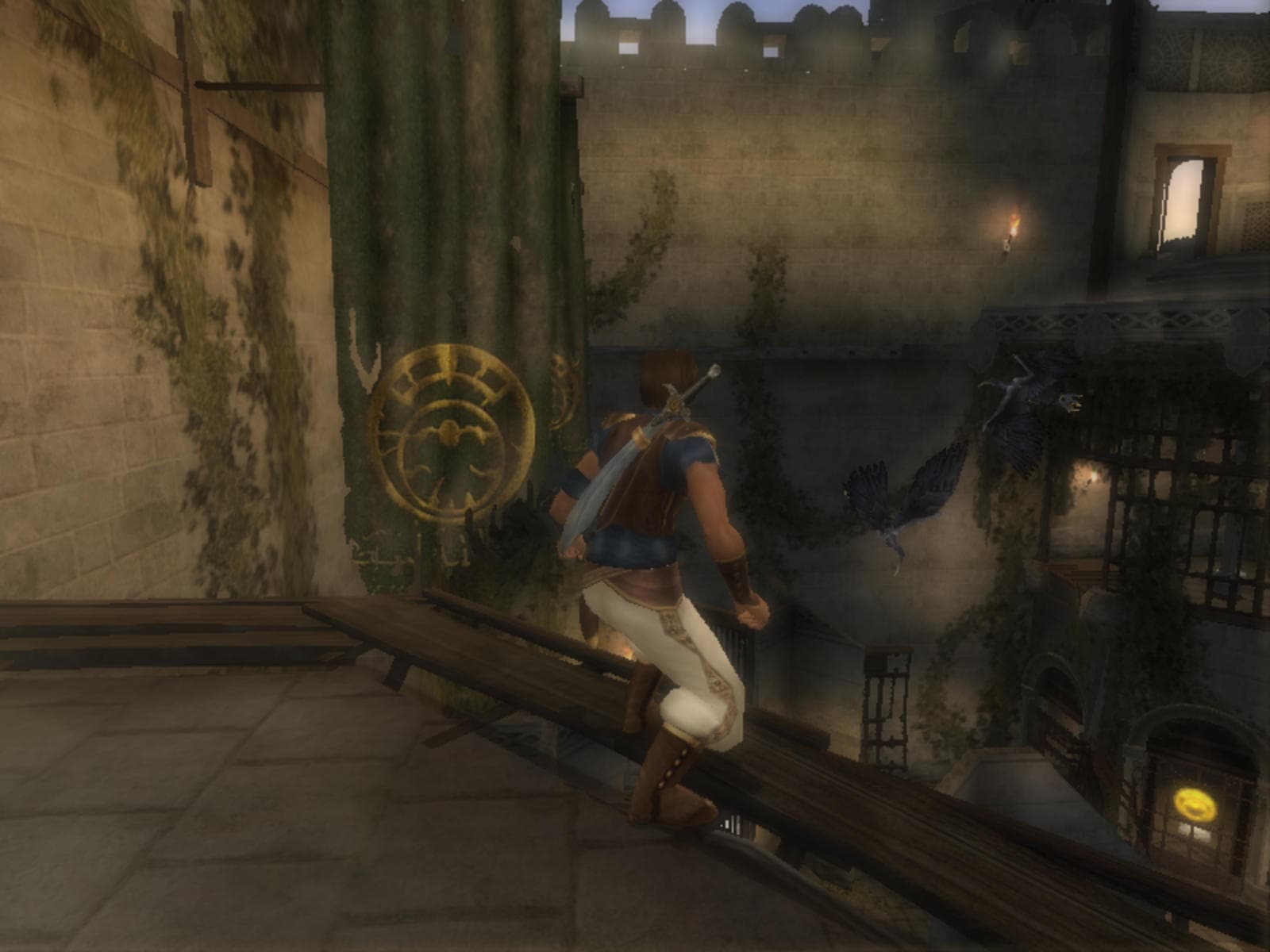
8) Prince of Persia: Sands of Time
Of the mid-Eastern, action-adventure trilogy, Prince of Persia: The Sands of Time was my favourite, and a quality title on the Nintendo GameCube. Set in 9th century Persia, you take control of a Prince trying to right the wrongs of his actions after being tricked by a Vizier to release the Sands of Time. The sands, when released, turn the Persian army into possessed monsters that can only be slain with the Dagger of Time – luckily the Prince illegally pockets this artifact early on in the story. The game is made up of platforming sections where you traverse the Prince over chasms and questionable architecture using his acrobatic, parkour skills. Running along walls, leaping from curtain to curtain, and swinging from horizontal poles are all present – but what’s really impressive is how varied these obstacles stay throughout the game, whilst also seamlessly merging together to create an incredibly satisfying flow no matter the combination. The second part is the combat, which borrows some of the free-running elements allowing you to keep your combat creative. Finishing off the enemies with the Dagger of Time keeps it stocked up so that you can reverse time at any moment – the game’s main mechanic. As long as you’ve got the sands, the fix for a free-running fall or mistimed sword swing – resulting in death – is just a time-reversing button press away.
7) Luigi’s Mansion
Launched alongside the release of the Nintendo GameCube, Luigi’s Mansion is Ghostbusters meets the Mushroom Kingdom. It was refreshing to see Luigi finally get his own title, and for it to be released before a Mario entry no less. This game has you control the unlikely hero as he ventures through the haunted mansion, sucking down Ghosts and Boos with Professor E. Gadd’s Poltergust 3000. The game is packed full of character – whether it’s taking phone calls from the Professor on the Game Boy Horror or pressing A at any time to make Luigi call out for “Mario”, you’ll be smiling throughout. These touches are just the icing on the very Luigi-based cake, as it’s the game’s main protagonist who is the real star here. Every cutscene and in-game moment is constantly given life and depth by Luigi’s facial expressions, tone and body movements – translating his fear in true comedic delivery. Mix in exploration and puzzle elements and you’ve got a solid launch title with enough oomph to ensure the series received sequels on both the 3DS and Switch respectively.

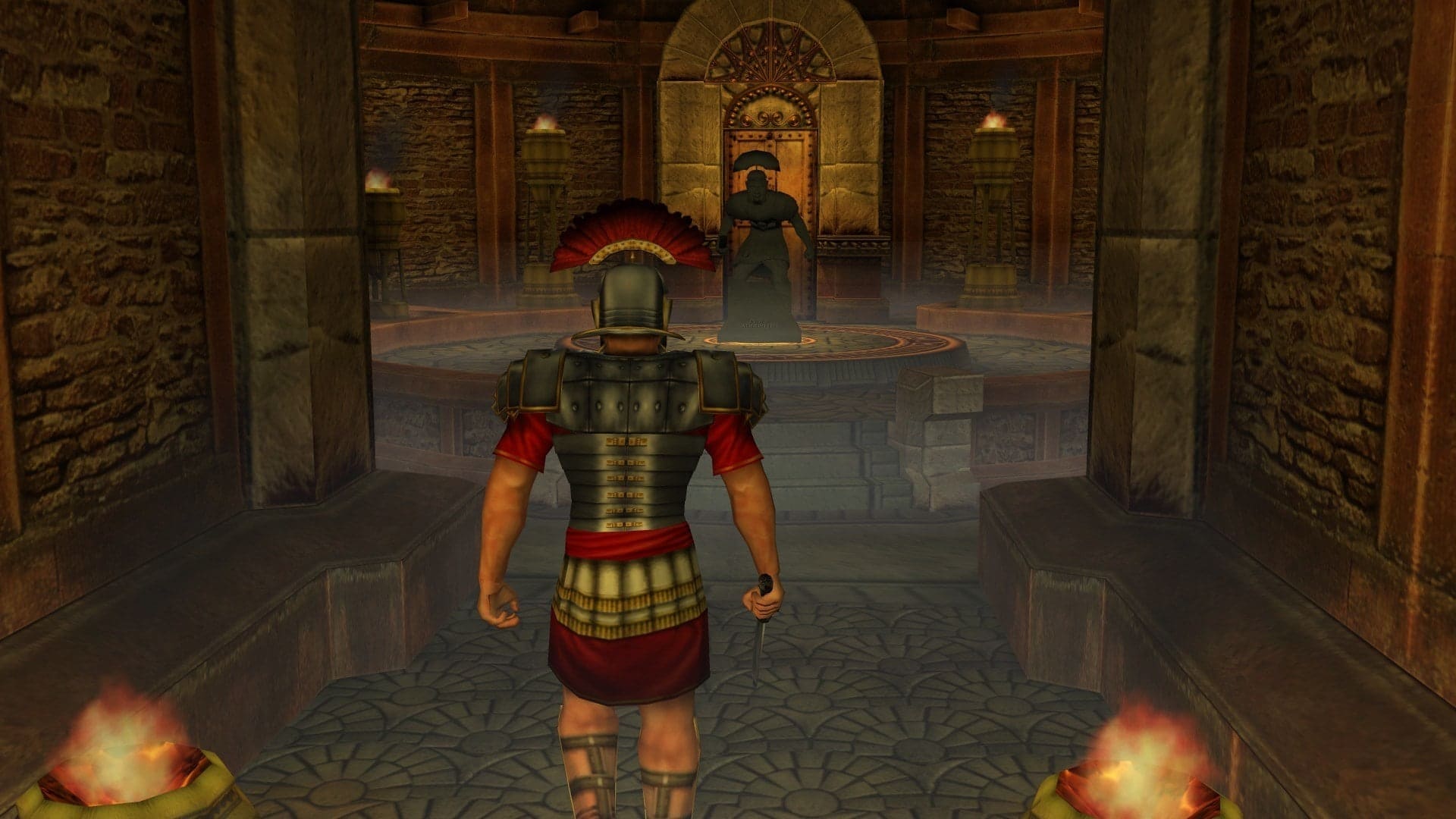
6) Eternal Darkness: Sanity’s Requiem
From one haunted mansion to another, and a more mature entry in the GameCube’s library, Eternal Darkness will have you cowering in fear whilst simultaneously questioning your own sanity. Originally planned to be released on the N64, Eternal Darkness is a psychological horror where you take control of several characters in different time periods. This all revolves around the main character, Alexandra whilst she’s investigating her family’s estate in Rhode Island after returning and finding her grandfather has been brutally murdered. The gameplay loosely mirrors the likes of Resident Evil as you look to survive against monsters by attacking with weapons and magic. It also features puzzle-solving, often resulting in newer areas of the map becoming available allowing your character to explore further. However, the biggest stand-out feature of Eternal Darkness is the sanity effects. The game’s sanity meter keeps you sane, but as this depletes you’ll slowly lose your perspective on reality. Lose some sanity and minor effects like dodgy camera-angles or creepy statues moving their heads to follow you kick in. But, lose more sanity and you’ll experience everything from blood gushing down the walls to your character outright dying – the game even fakes technical issues like the game crashing, breaking the fourth wall and pushing the insanity into reality. One to play with someone close by, just in case they need to usher you into a straight-jacket.
5) Tony Hawk’s Pro Skater 4
I’m big into skateboarding – ever since I was a teen, I’ve always loved it and regularly try and get my board out for practice when I can. So imagine my joy when Tony Hawk’s Pro Skater 4 came to the GameCube – not only a game based entirely around the extreme sport that I loved, but a bloody good game to boot. THPS 4 was the first Tony Hawks game I played – since then I’ve played and enjoyed most of the entries in the series but THPS 4 has a special place in my heart. Don’t get me wrong, I love the quick-fire, time-based focus of THPS 1 & 2, but just preferred the freedom in THPS 4 – being able to leisurely roam around the map and speak to an NPC when you were ready for a mission or challenge. I also enjoyed the “RPG” element as you gained stats such as balance, hangtime and ollie to improve your Pro Skater of choice (I always went for Rodney Mullen). Alcatraz, London and the Zoo are particular standout levels, and the new mechanics of reverting at the foot of a quarterpipe to carry on your combo meant you could rack up some insanely high scores. Chuck in some comedy from Bam Magera and, of course, a killer soundtrack, and you’ve got a game that’ll keep you coming back time and time again.
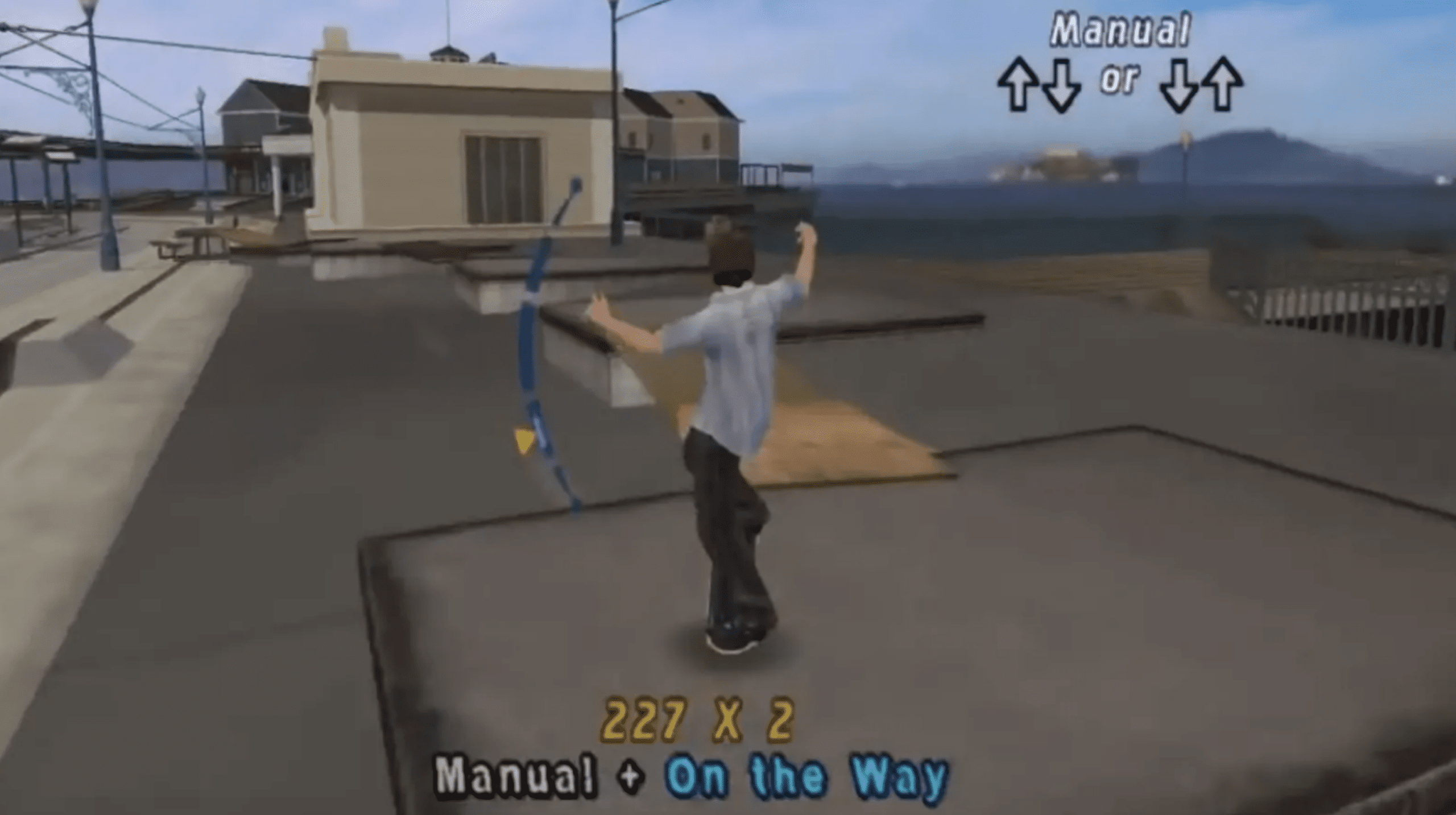
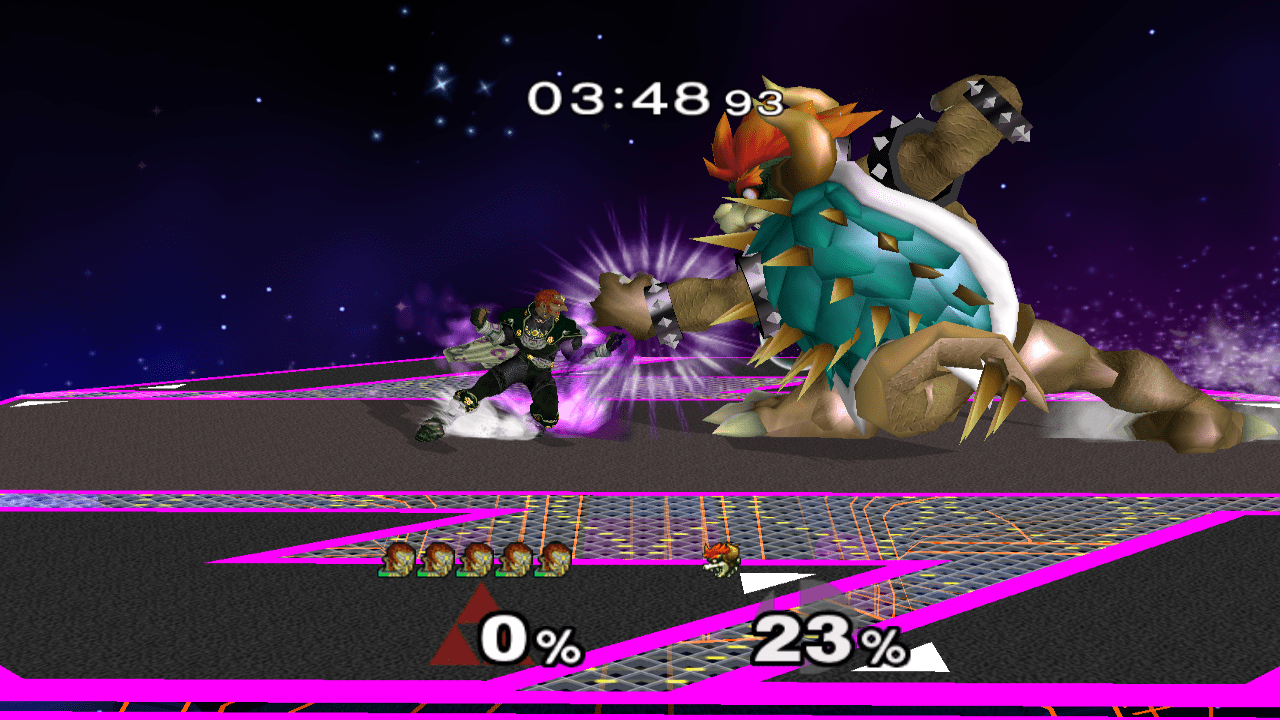
4) Smash Bros. Melee
There’s a strong, committed group of die-hard Smash Bros. veterans who refuse to move on from Melee, and I completely understand why! Smash Bros. Melee is an absolutely pivotal title within the series – to date, it’s still the fastest and probably most technical Smash Bros. game, so it’s no wonder it’s stood the test of time (fighting tournaments continue to regularly feature the brawler). Personally, Ultimate just edges out Melee for me, but that doesn’t mean I don’t have fond memories of playing this for countless hours as a teen. There’s some incredible gems within Melee too – the adventure mode, missions, and target practice to name a few. However, the stand out feature of the game was the sheer increase in playable characters and levels over its predecessor, Super Smash Bros. (on the N64). Not to mention the daunting number of trophies – a plethora of nods and homages paid to different franchises, all with delicious details about their contribution to the video game industry. I really love the Smash Bros. series, but honestly, you don’t need to pay as much attention to the other titles as you do to Melee (& Ultimate).
3) Mario Kart Double Dash!!
Given that the GameCube is my favourite Nintendo Console, it’s fitting that my favourite Mario Kart title within the series is Double Dash!! It’s the only entry within the series which allowed you to have two racers per kart, which added an extra layer of strategy. You could switch between the two characters, with the character on the back releasing the item whilst the character on the front “drove” the kart. This means you could pick up a rather tasty item with the player on the back, and then switch them into the driving seat, saving that item for later if needed. I mentioned in my Top 10 Mario Kart Items blog that Double Dash!! also introduced character-specific items – from DK’s massive Banana (whey!) to Bowser Junior’s destructive Green shell, these powerful items could turn the tide of any race. Throw in some of the series best-designed tracks in Wario Colosseum or DK Jungle, and you’ve got a solid and always replayable entry in the series.
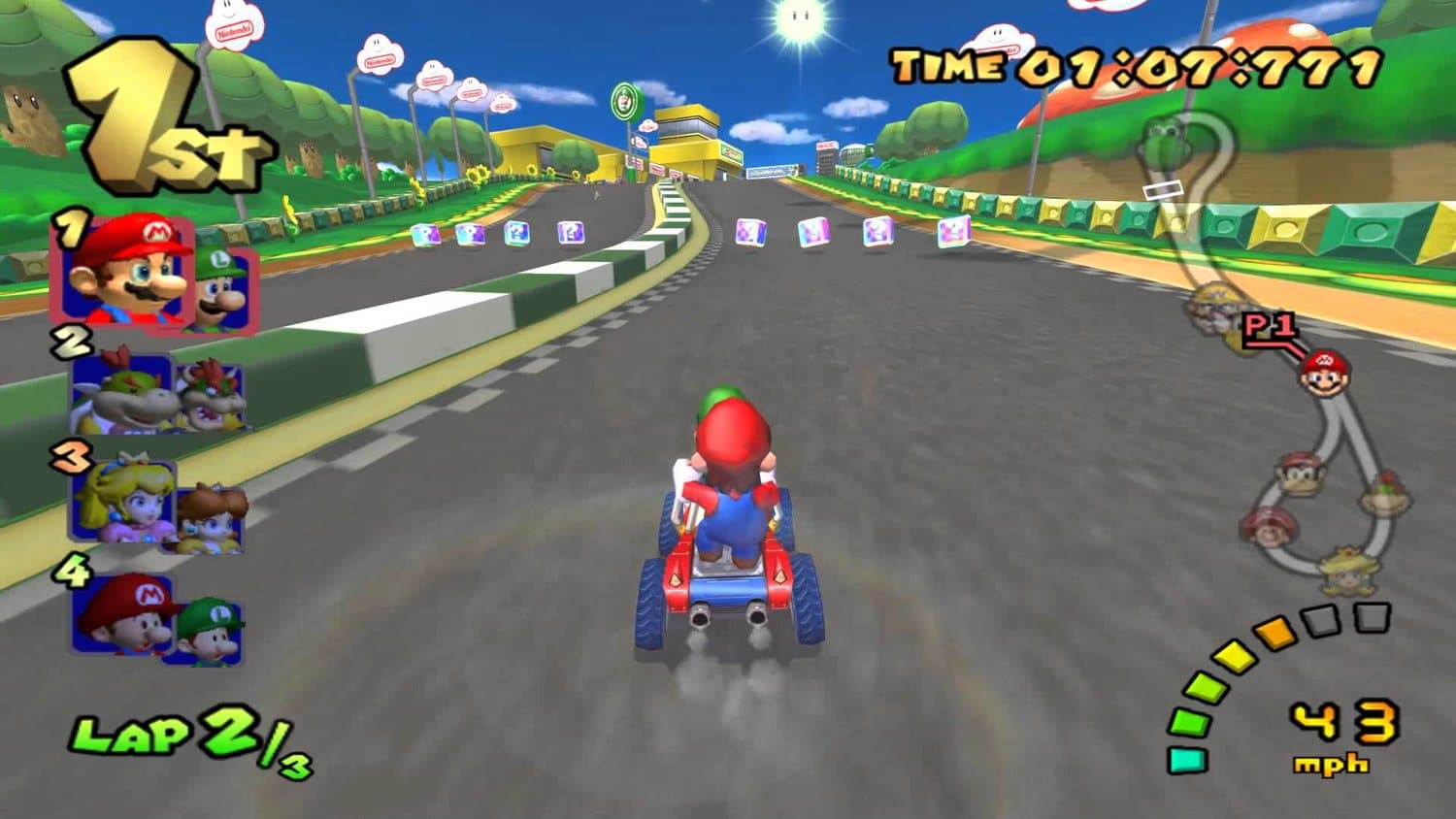
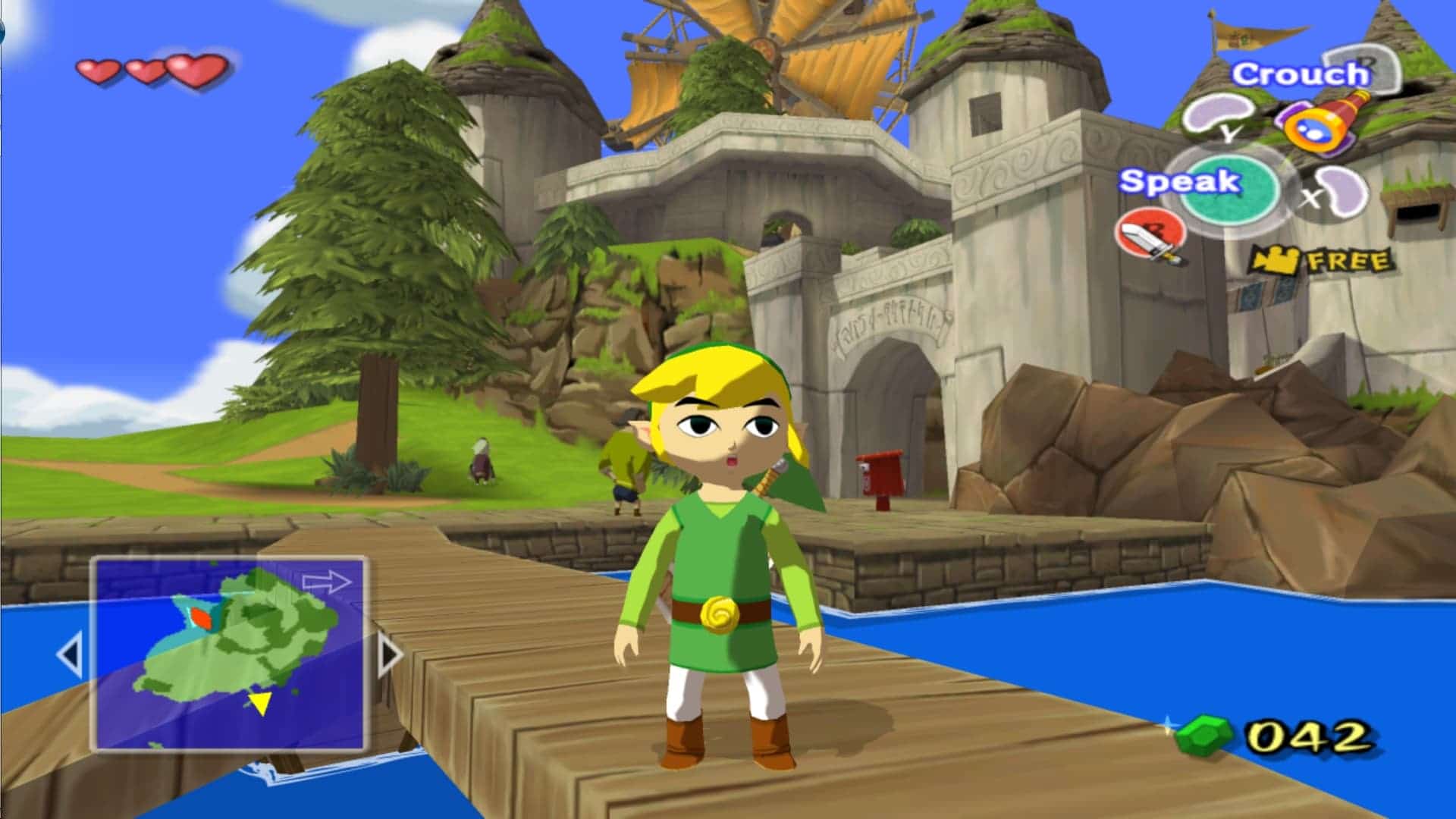
2) The Leged of Zelda: The Wind Waker
There’s no Legend of Zelda title more swashbuckling than The Wind Waker. The cell-shaded art style presented on the GameCube wasn’t adored by everyone – following the natural progression of Ocarina of Time and Majora’s Mask, some fans were hoping for a grittier aesthetic for Zelda’s GameCube appearance, but didn’t get it. Personally, I loved the change in art direction – the saturated colours were new, exciting and rare for the time – and playing Wind Waker today still holds up. It doesn’t feel aged or outdated which is thanks to the clever and timeless graphics. The Wind Waker takes place over the Great Sea – the ocean is peppered with islands for Link to explore as he sails on the King of Red Lions using the Wind Waker to dictate his sailing direction. I really love the combat in The Wind Waker too, which introduced timing elements and techniques. During a fight, you can hit the A button at just the right moment to have Link roll behind, or leap over, an enemy whilst slashing them in the process. This combat is wonderfully contained within several of the game’s dungeons – each of which are well designed and full of character. Completing this perfect-pirate-package is the story, which is also one of the best in the series. There’s plenty of twists and turns late game that keeps the player guessing at what’s around the corner. However, what I most enjoy is the touching family moments – a rarity not usually reserved for Link as he tries to rescue his sister Aryll. If you ignore the slightly dull hunt for the Triforce pieces, you’re left with a Zelda classic, that’s got more than its fair share of incredible moments outweighing that silly salvaging search.
1) Metroid Prime
If there’s one thing Nintendo are masters of, it’s taking flagship titles in their 2D forms and converting them into 3D masterpieces. Most mascots, like Mario in Super Mario 64 and Zelda in Ocarina of Time, saw this transition happen on the N64. So by the time the GameCube rolled around, everyone thought Nintendo had no further cards up their sleeve. It was a surprise then when Nintendo announced Samus would receive a similar treatment as they released Metroid in a 3D format. The scepticism for this move perhaps higher among fans than it ever was for Mario or Zelda, but somehow – and I don’t think anyone is still quite sure how – Nintendo nailed it and pulled off the unthinkable. Metroid Prime is without a doubt the most incredible first-person-shooter Nintendo has ever made. Not only did this game ramp up the action and shooting in comparison to its 2D counterpart, but it maintained the level-backtracking and upgrade progression that’s become a known staple of the Metroid series (I mean games of the genre are dubbed “Metroidvanias” in homage to this and Castlevania – these both refined and mastered the style). In Prime Samus Aran explores the world of Tallon IV after tracking the space pirate Ridley to its location. Tallon IV is the battleground for all the action, including areas of different temperatures, weathers and seasons. The series includes appearances from regular upgrades like the Morph ball (with the action shifting to 3rd person for this one!), the grapple hook, and various beam options to take down different enemies. The series went on to become a trilogy with Echoes also releasing on the GameCube and Corruption on the Wii – but for me, it’s the game that launched the trilogy that will also come out on top. Roll on Metroid Prime 4.
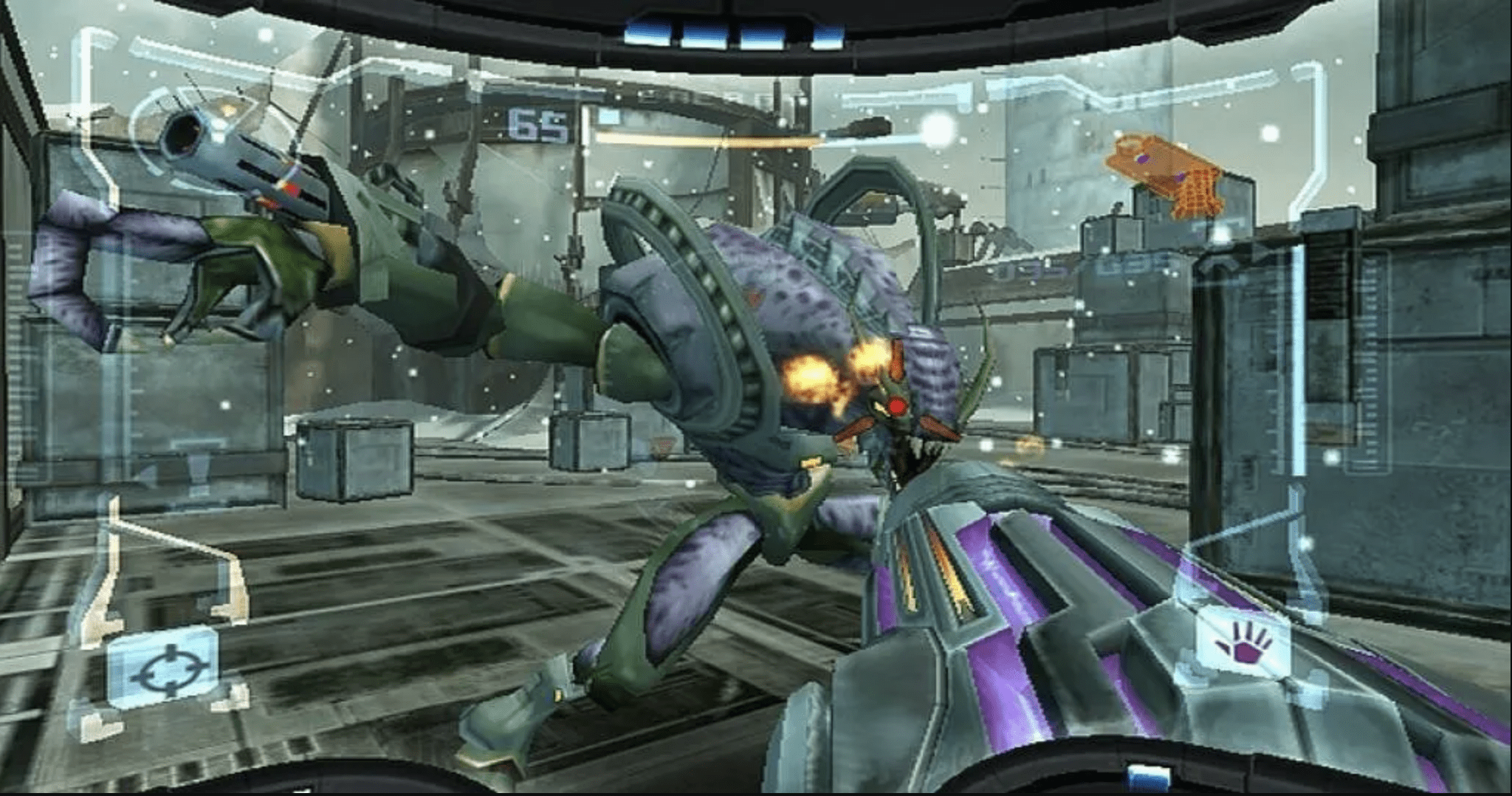
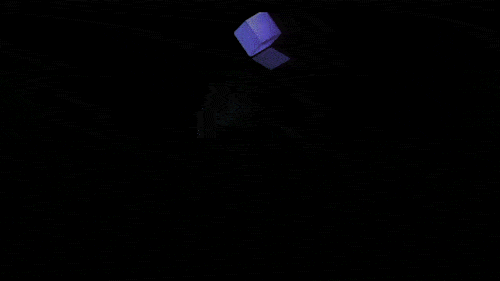
Just creating this list flooded me with nostalgia – the GameCube is such a prevalent part of my videogame history, and it’ll always take the top spot for my favourite Nintendo console. It would have been no trouble to double or triple this list, and I’m sorry to the Paper Mario fans – I never played Thousand Year Door but if I had, I’m sure it’d be on here. However, what’s left above are, for me, 10 examples of gaming masterpieces. Now, excuse me whilst I go check my sanity meter to make sure the GameCube is real, and not just some wonderful, wonderful dream.



